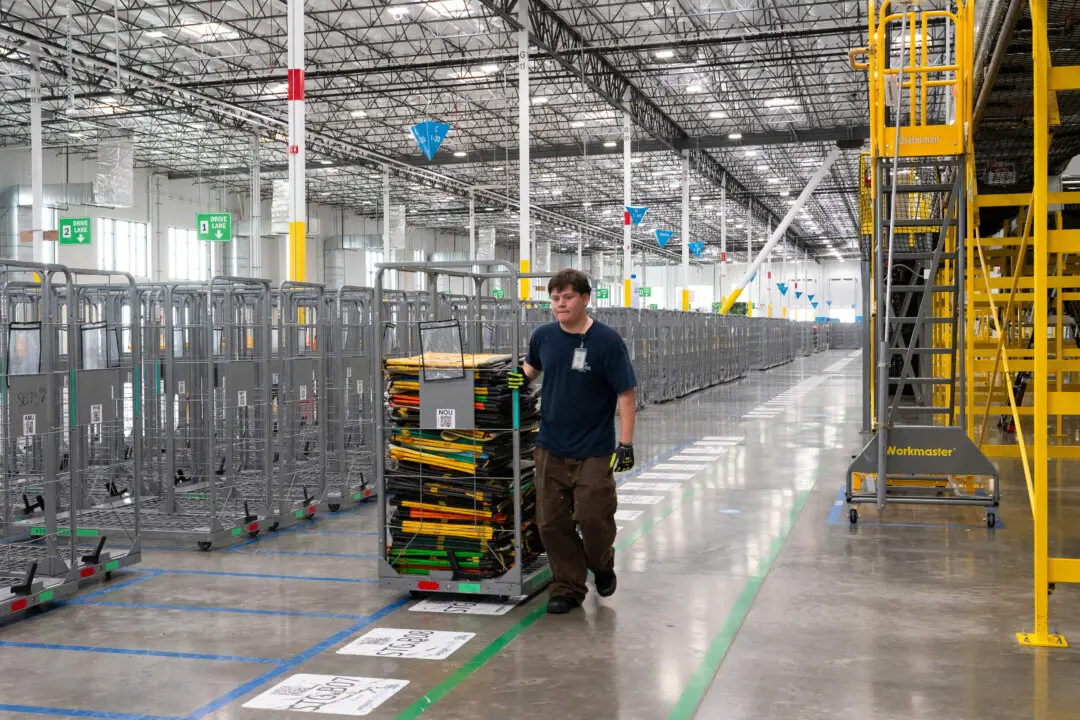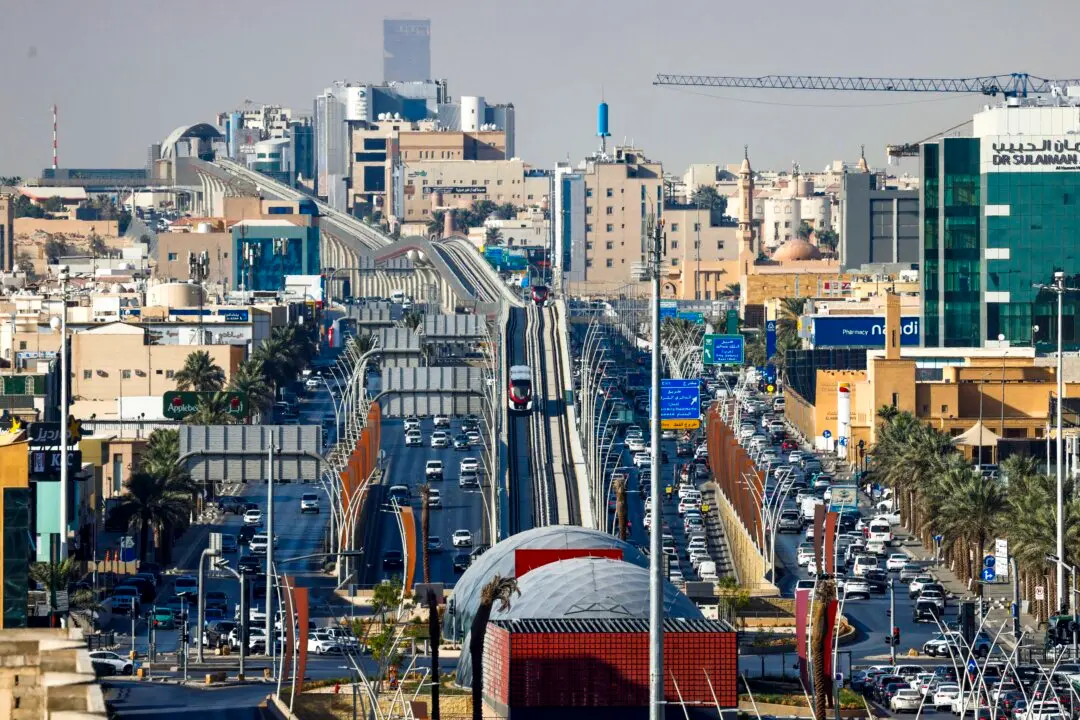The government’s jobs report released Friday shows that the sharpest drop in unemployment from July to August by race was among Hispanic women and black men, while by level of education, it was those with less than a high school diploma that saw the biggest employment gains.
The Labor Department revealed in its report that overall U.S. unemployment dropped to 8.4 percent in August from 10.2 percent in July, which is well below expectations of 9.8 percent and an encouraging indication the economy is continuing to climb out of the doldrums caused by the CCP (Chinese Communist Party) virus pandemic.





